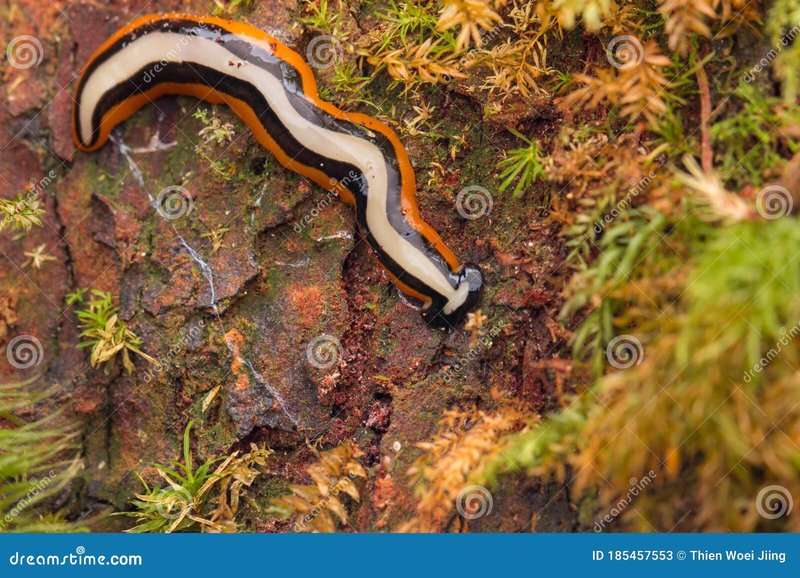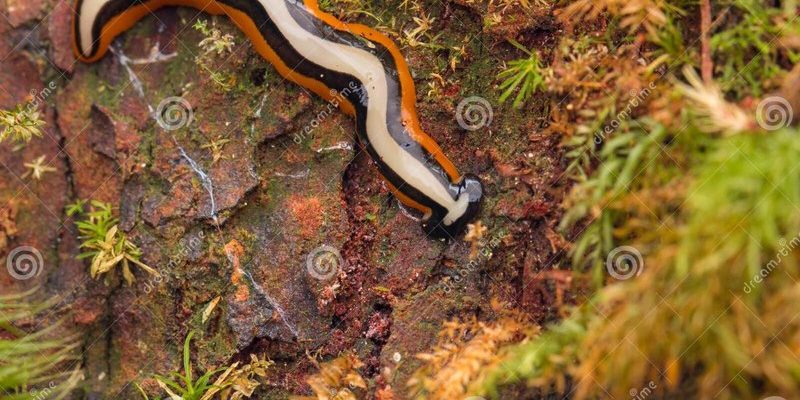
You’ll find that hammerhead worms aren’t your typical garden-variety worms. They’ve got a knack for camouflage and often hole up in places you wouldn’t expect. This article will guide you through their daytime hiding spots and give you a glimpse into their secret lives.
The World of Hammerhead Worms
Before we jump into where hammerhead worms hide, it’s good to understand a bit about them. These worms, belonging to the **Bipalium** genus, are known for their unique appearance and hunting skills. Unlike earthworms, hammerhead worms are predatory, feeding on smaller invertebrates like snails and other worms. Their bodies can grow quite long—up to 30 centimeters in some cases—and their flattened shape helps them squeeze into tight spaces.
One common misconception is that all worms are beneficial to gardens. While hammerhead worms do help in the ecosystem, they can also become pests. If you’re trying to grow healthy plants, keep an eye out for these guys, as they can compete for food with beneficial species.
Natural Habitats
Hammerhead worms are primarily found in tropical and subtropical regions, but their elusive nature means they can blend in quite well. During the day, they’re mostly hiding in places that provide cover. Here are some typical spots:
- Underneath leaves: They love to curl up under fallen leaves. This not only helps them avoid predators but also keeps them moist.
- In the soil: Just like earthworms, hammerhead worms can dig into the soil, especially in soft, damp areas. The soil acts as a perfect shield against the sun.
- In thick vegetation: These worms often hide in dense plants or under rocks and logs, using nature’s resources to stay out of sight.
Finding them can be tricky because they blend in so well with their surroundings. If you’re out exploring, keep your eyes peeled for their unique shape peeking out!
Why They Hide
You might wonder, why do hammerhead worms hide during the day? Well, there are a few reasons for this behavior:
1. **Avoiding Predators:** Just like many creatures, hammerhead worms are at risk from predators. Birds and other animals enjoy feasting on them. Hiding helps them dodge danger.
2. **Temperature Regulation:** These worms prefer moist environments. When the sun is out and temperatures rise, they need to stay cool and wet. By burrowing or hiding, they can regulate their body temperature better.
3. **Hunting Strategy:** Though they’re nocturnal hunters, sometimes they may hide during the day to wait for their next meal. When humidity rises at night, they tend to be more active and emerge to hunt.
Understanding their behavior helps us appreciate their role in the ecosystem and why they choose specific hiding spots.
Common Hiding Spots
Let’s dig deeper into some common hiding spots for hammerhead worms:
Leaf Litter
Leaf litter is a paradise for many small creatures, and hammerhead worms are no exception. When it rains, the fallen leaves become soft and damp, creating an ideal environment for the worms. They can hide and remain undetected, while benefiting from the moisture.
Soil Burrows
While they prefer not to dig as deeply as some worms, hammerhead worms will make shallow burrows in soft soil. This not only keeps them safe but also allows them to navigate their environment easily.
Rocks and Logs
Stones and decaying logs serve as perfect shelters. These natural features provide both cover and a habitat for hunting smaller prey. When the sun shines too brightly, they often retreat to these areas to escape the heat.
Finding these spots can be like a mini treasure hunt in your backyard, where nature offers shelter and safety for these fascinating worms.
Impact on Ecosystems
Now that you know where these creatures hide, let’s talk about their role in the environment. Hammerhead worms can be both beneficial and harmful.
Benefits:
– They help control populations of certain pests like snails.
– They contribute to nutrient cycling in the soil by preying on other invertebrates.
Drawbacks:
– In some areas, their presence can harm local ecosystems, especially when they become abundant and outcompete native species.
By understanding the balance they maintain, we can learn to appreciate their role in our gardens and ecosystems.
How to Spot Hammerhead Worms
If you’re curious about spotting hammerhead worms, there are a few tips to keep in mind:
1. **Look in Damp Areas:** Check around your garden after rainfall or in shaded areas. They’re more likely to be active and visible when it’s moist.
2. **Examine Soil and Leaf Litter:** Gently dig into the top layers of soil or sift through leaves. You might just find one hiding!
3. **Observe at Dusk:** Since they’re more active at night, take a stroll in your yard during the early evening. Use a flashlight carefully to catch a glimpse without scaring them away.
This little bit of detective work can lead you to some surprising encounters with these unique creatures.
Hammerhead worms may be small and often overlooked, but they have a fascinating lifestyle and unique hiding habits. Whether they’re burrowing into the soil, curling under leaves, or taking shelter under rocks, they have mastered the art of camouflage. Understanding where these worms hide during the day not only enhances our knowledge about them but also deepens our appreciation for the delicate balance of our ecosystems.
So next time you’re in your garden or exploring a greenspace, take a moment to appreciate the hammerhead worm’s cleverness in avoiding the sun. You might just find yourself with a newfound respect for these curious creatures and their role in the great web of life.

